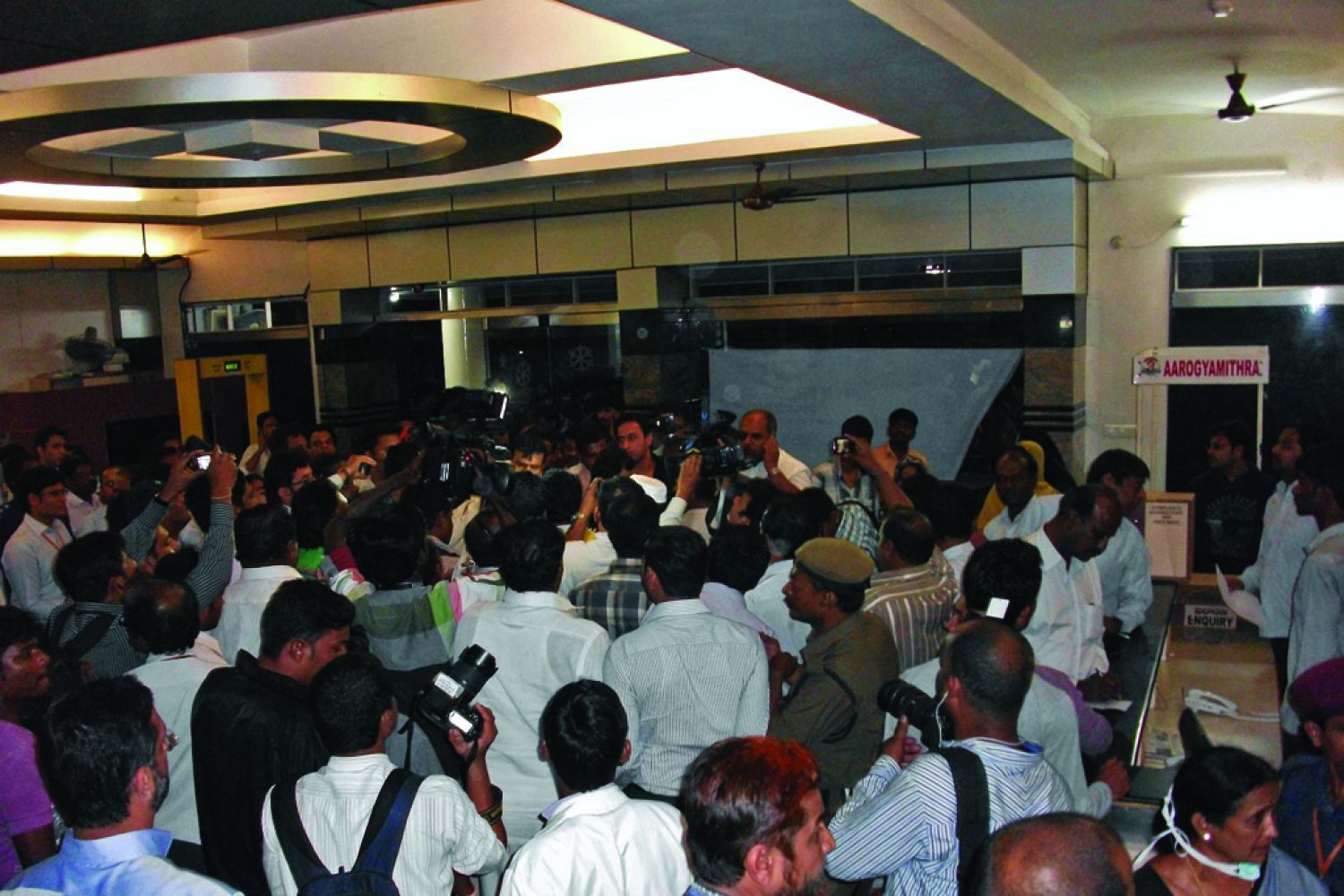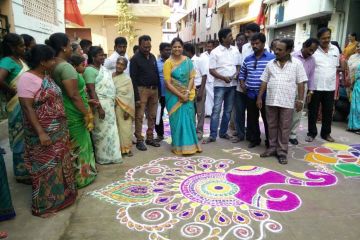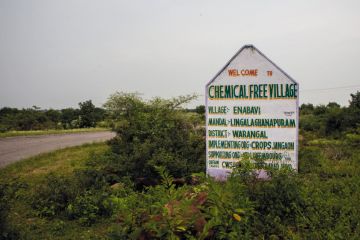
Pandu Ranga Reddy
did not notice the bicycle parked in front of the A1 Mirchi centre, the
roadside snack bar in Hyderabad’s Dilsukhnagar where he and two of his friends
had repaired in the evening. The Mirchi centre in front of Konark theatre had
attracted the usual peak hour crowd that doesn’t thin out till dark. Anyway,
there was nothing remarkable about the old Atlas-make cycle parked among dozens
of other two wheelers. According to police reports, CCTV cameras covering the
area sho





